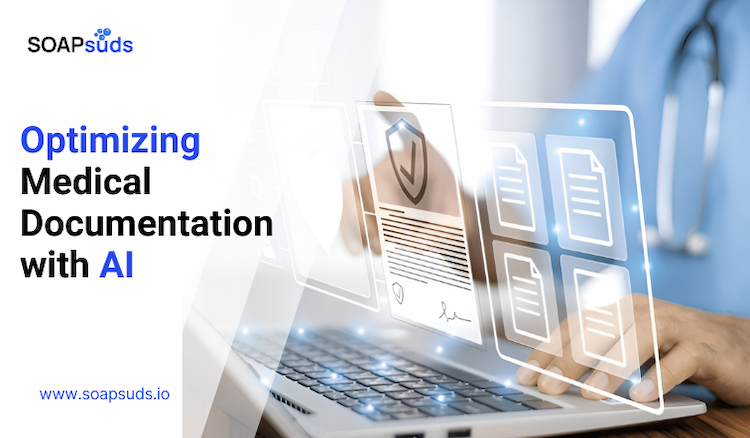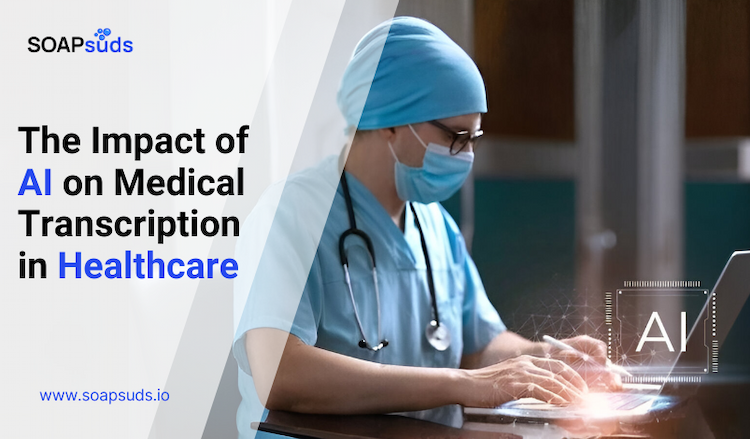10 Frequent Misdiagnoses and How AI Helps Avoid Them
SOAPsuds team
Published: 10/1/2025
SOAPsuds team
Published: 10/1/2025

The healthcare sector is witnessing a shift in medical documentation with the advent of AI...

The U.S. healthcare industry, valued at $4 trillion in 2021, is projected to surpass...

The history of medical documentation can be traced back to 1600 BC when the Egyptians...

In any business, improving efficiency requires identifying tasks that slow down operations and offer little...

Delivering quality healthcare today depends on smooth EMR/EHR data sharing and connectivity among devices...

Electronic Health Records (EHRs) have become an important innovation in updating healthcare, providing
Clinical Notes
SOAP notes
DAP notes
AI medical notes